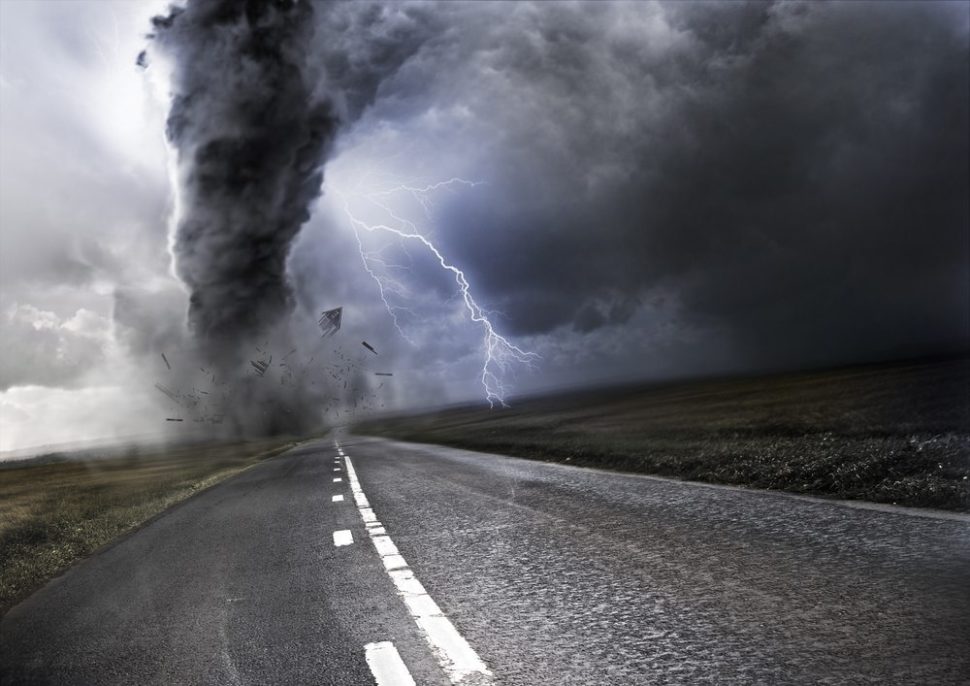To help prepare for severe weather, the Weather Company, an IBM business, has unveiled its new AI-powered prediction model for weather-related power outages.
If you’re anything like me or a large portion of the U.S. and the world, you look to the Weather Channel for updates on severe weather conditions and power outages, hoping to formulate a prediction for what the day will bring.
Last year, IBM announced the acquisition of the Weather Company, the biggest provider of meteorological data in the world. For an undisclosed amount estimated at more than $2 billion USD, IBM acquired all of Weather Co.’s digital assets except for the Weather Channel. Other than the Weather Company brand (formerly WSI), this includes weather.com, Weather Underground, mobile and cloud properties, and B2B.

Before the acquisition, the two companies shared a technical partnership as the Weather Company used IBM’s Cloud solutions to process the constant flow of meteorological data used by its Weather Channel, the world’s main source of weather information.
AI Prediction Model for Power Outages Caused by Severe Weather
The Weather Company epitomizes the utilization of Big Data and performing as a data-driven company. As the world’s leading forecasting provider, the Weather Co. proposes a portfolio of dozens of data-based weather products. Every day, the company delivers up to 37 billion forecasts–via its API, app, and websites–to its customers.
The Weather Company delivers over 30 billion forecasts a day.Click To TweetOn April 20, the Weather Company introduced its newest solution, the Outage Prediction model, which is intended to help utility companies to proactively prepare and respond to wild and unpredictable weather swings.
The Outage Prediction is a model based on machine learning that combines historical weather data, the most up-to-date, hyperlocal weather forecasts, and past outage for a utility’s service area. Based on this combined information, the model could predict which areas to be hit the hardest and anticipate outages, giving utility operators up to 72 hours to make informed decisions.
Authorities will have time ahead of the weather event to mobilize appropriately, optimize restoration efforts, minimize risk and damage, and control costs.
Weather’s Societal and Economic Impacts
There’s more to weather than just a classic icebreaker between strangers. Obvious, yes, but weather affects more than our wardrobe for the day. A short look back to Hurricane Katrina tells a story of 400,000 displaced residents, half of that becoming refugees and then permanent residents of other cities like Houston (who has had plenty of its own weather struggles).
Meteorological data are one of the most sought after pieces of information that businesses and consumers alike use. Major brands in aviation, energy, agriculture, media, transportation and insurance all need timely weather guidance to anticipate market fluctuations and maximize profits.
The National Centers for Environmental Information tracks severe weather and climate events with economic and societal impacts in the U.S. and the world. According to NCEI’s stats, 208 weather and climate-related disasters hit the United States from 1980 to 2017; with the combined damages and costs of all weather events exceeding $1.1 trillion USD. Over the same period, six hurricane events caused damages of about $90 billion USD in Texas alone.



















Comments (0)
Most Recent